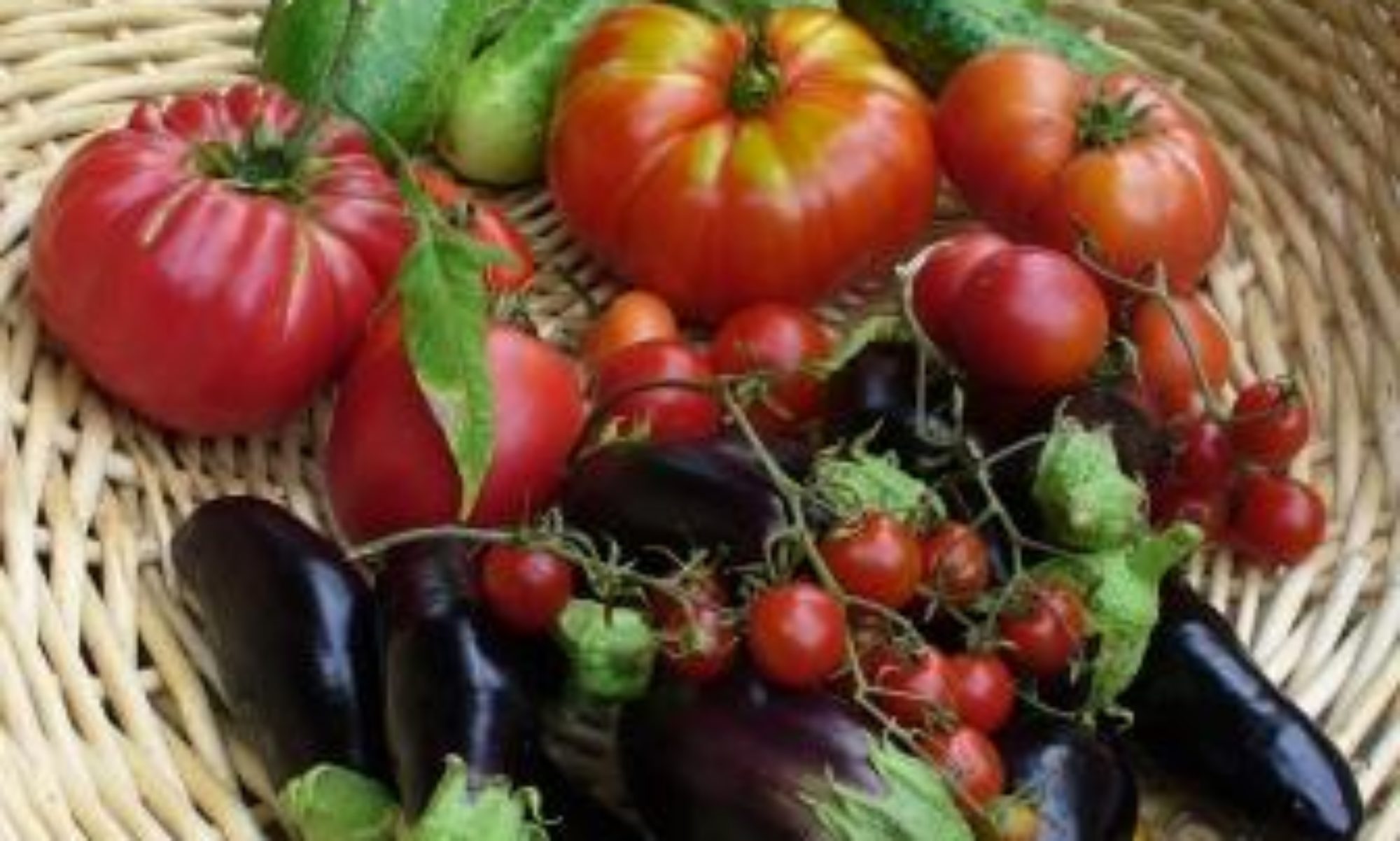The weather today doesn’t look the slightest bit Springy. The sky has been spitting rain 24/7 for days, and daytime temperatures for the last week have hovered around 38 degrees F. F is an abbreviation for F’ing cold. Still, it appears that Spring is around the corner because A) Lucy, my border collie, is shedding fur in gross handfuls and B) a love-sick pileated woodpecker has begun pounding on the beams in my barn because he loves the way the metal roof amplifies the sound.
So…. ignoring the weather and heeding these clues of impending Spring, I have begun planting flats with seeds. Yesterday I planted onions (Ailsa Craig Exhibition, Ringmaster White globe, Red Globe, and Early Yellow Globe) leeks (Carentan), flat leaf parsley, Broccoli (Waltham 29, Romanesco) and lettuce (Winter Brown, Lavigna). Today, I am planting fennel (Florence), celery (Utah 52-70), celeriac (Giant Prague), King Richard leeks, and Early Jersey Wakefield Cabbage. Seeds are loosely scattered in flats of commercial potting soil, and flats sit on the floor of my “mudroom” covered with plastic film. One flat sits on a warming pad, but as I only have one small pad, the other flats just depend on the nearby wall heater for warmth. The flat on the pad will undoubtedly sprout seeds first. As soon as sprouts appear, the flats will be transferred to my greenhouse, where they will sit on a thermostatically heated bed of sand.










